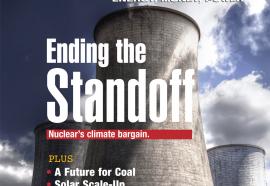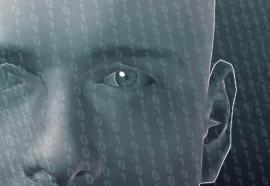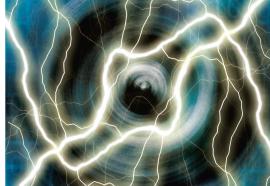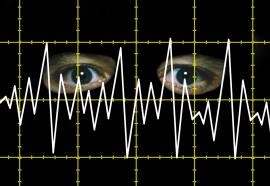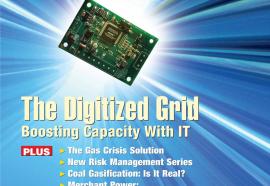3Rs for Power And Demand
Dynamic monitoring and decision systems maximize energy resources.
The operations and planning rules for integrating variable resources aren’t the same across the electric power industry in the United States at present. Opinions are somewhat divided about what these should be, as well as the assessments of potential benefits and costs. In order to support sustainable deployment of variable resources at value, it’s critical to identify major sources of potential problems and to proactively design and implement a systematic framework for managing their unique characteristics as reliably and efficiently as possible.


